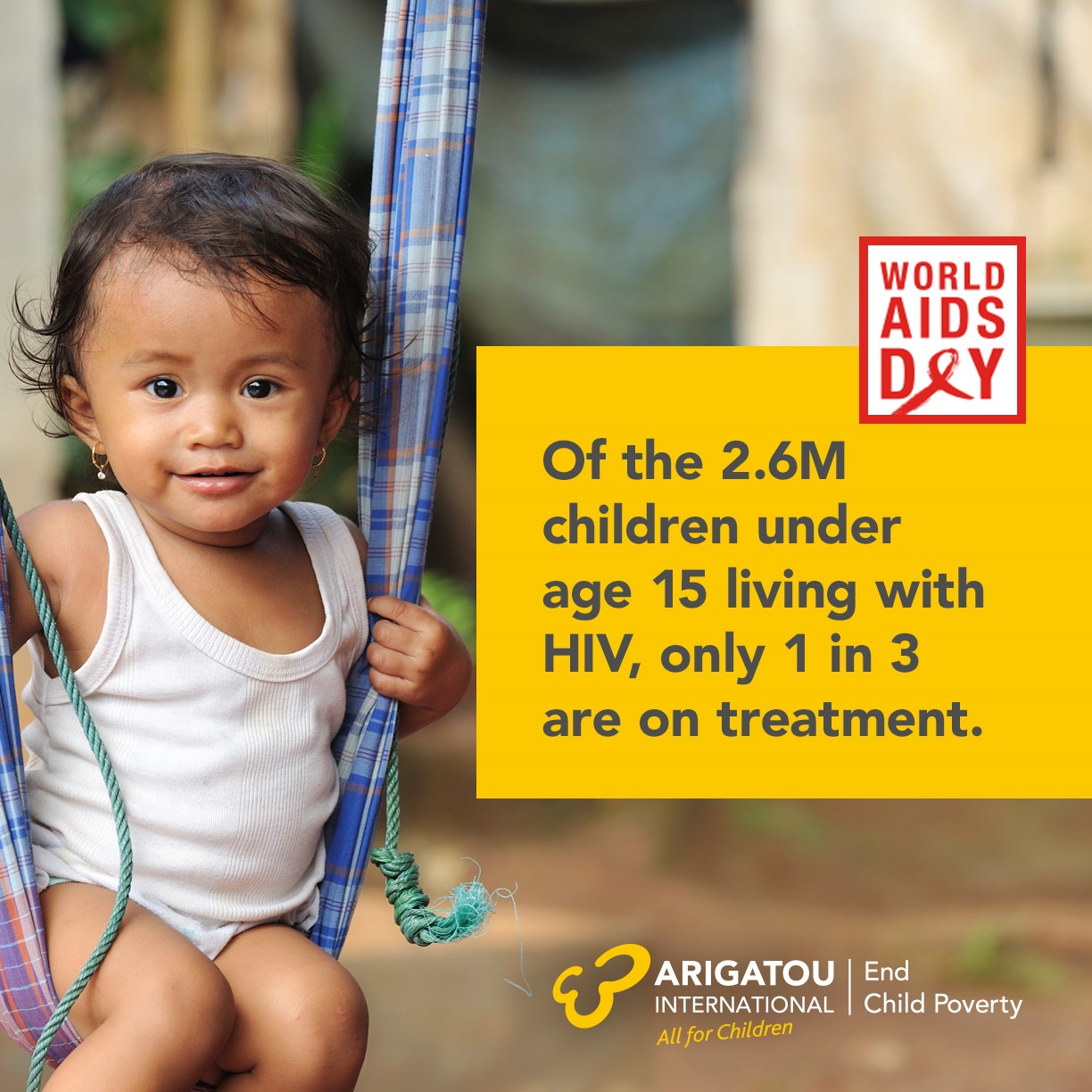
World AIDS Day, 1st December 2015.
As the World AIDS Day is marked across the globe, on 1 December, it is important that we acknowledge and celebrate the achievements made in addressing HIV and AIDS, particularly as it affects children, adolescents and youth.
In the preceding year, 30%-34% of all children living with HIV were accessing treatment. New HIV infections among children had declined by almost 60% since 2000. Fewer babies are born with HIV and fewer children died from AIDS-related causes, than in all previous years. And increasingly, more adolescents and youth are accessing related healthcare, support services and education, as outreach to these age groups is stepped up.
However, we also must honestly identify and close our global and local response gaps to ensure that the next generation of children and young people live free of HIV and AIDS.
Of the estimated 2.6 million children under the age of 15 living with HIV, only 1 in 3 receive the life-necessary treatment in form of antiretroviral therapy and healthcare. That means over 1 million precious lives are exposed to higher risks and aliments related to HIV infection. They simply cannot fight this battle alone.
Every single hour, 26 adolescents between 10-19 years are infected with HIV, worldwide. What’s more, girls make up the majority – up to 62% of all HIV infections among adolescents. Over 2 million of our adolescents are living with HIV worldwide. Consequently, AIDS still remains the leading cause of death among adolescents in Africa and the number 2 cause of deaths globally.
Children and young people living in poverty experience the most vivid and forceful impact of HIV and AIDS within their family and community, because of the vulnerabilities and compound hurdles presented by this poverty.
Our collective challenge, therefore, is to change this reality and create a new one.
By ensuring that all children, adolescents and our entire young generation can access HIV prevention, testing, quality healthcare and treatment services. By providing comprehensive and relevant education. By reaffirming the dignity of every child and young person. And by building the social fabric of support and care within our families and societies.
“Children should be the first to benefit from our successes in defeating HIV, and the last to suffer from our failures”, says the UNICEF Executive Director, Anthony Lake. We completely agree.
Within our grasp are the knowledge, tools and infrastructure necessary to realise Zero new infections among children, adolescents and youth; Zero discrimination for all our young people affected by HIV and AIDS and all who are living with HIV and AIDS; and Zero AIDS-related deaths. We only need to couple and catalyse this with the corresponding action and goodwill.
On this day, we take the opportunity to remember that each of these set of statistics is more than just number. It is a boy, a girl, a young woman and young man.
For more information and to take action, visit childrenandaids.org


